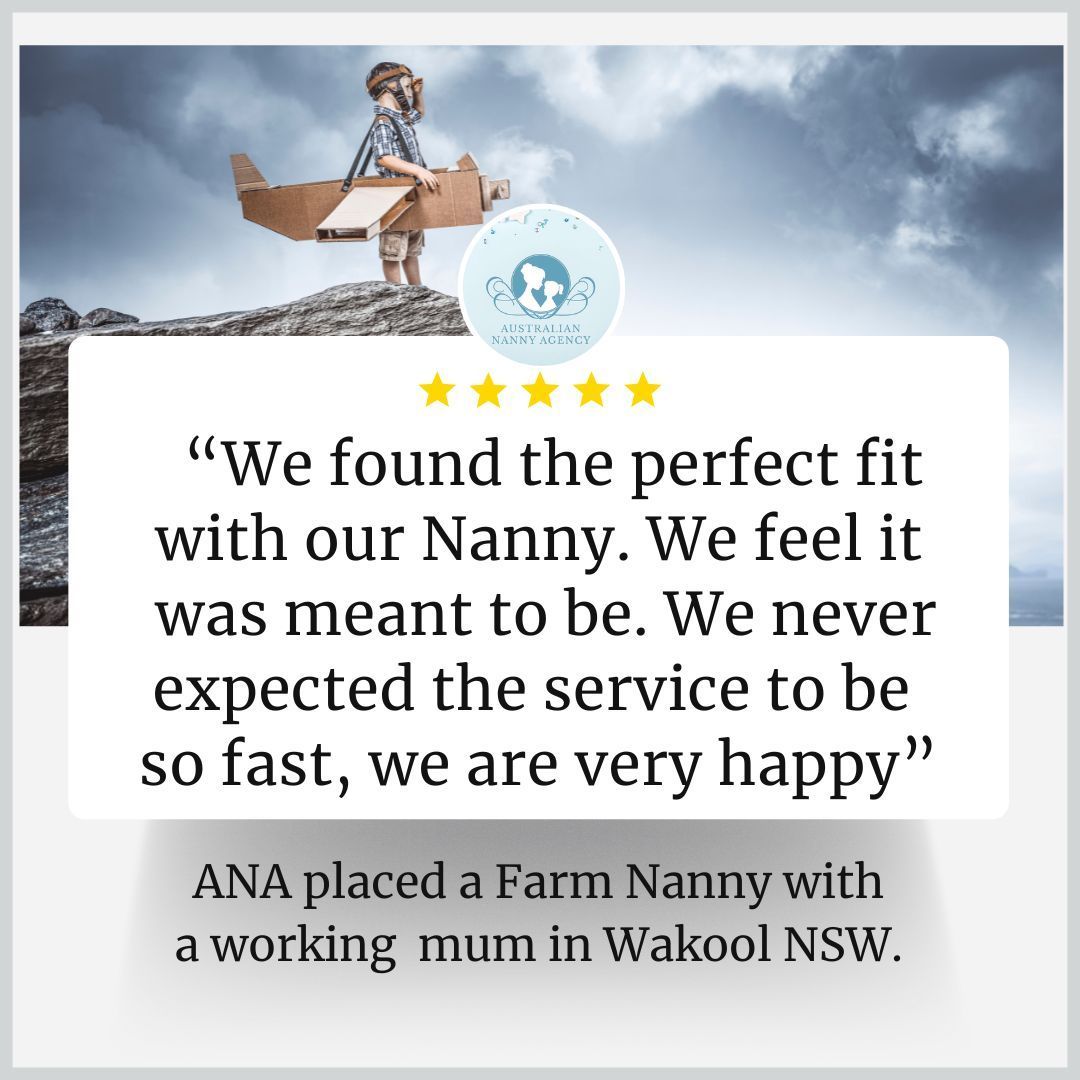“Sorry, that’s not in my job description.” Sound familiar?
While this response may prompt an eye roll or two, it’s easy to understand why an employee might say something like this. After all, you likely began the working relationship by sharing a document outlining your expectations, down to their day-to-day duties.. Read more.....

Traditionally, a job description (JD) is designed to clarify an individual’s function and purpose within the organisation. The document might include their job title, duties, required qualifications, employment type and work conditions. And while technology has sparked a meaningful transformation in many areas of work, the humble JD remains largely unchanged.
But as work becomes more fluid, families are calling for household professionals that can work more collaboratively and cross-functionally. So, is the traditional JD preventing this? Or, does it simply need a shake-up so it can evolve with the needs of the modern workplace?
Job descriptions are crucial for clarity
A JDs key purpose is to provide job clarity – critical for ensuring employee productivity and engagement, says Joseph Pritchard CPHR, Principal Consultant at workplace strategy consultancy, Mapien.
“Gallup research has identified two hygiene factors that employers must get right for an employee to feel engaged in their role. One is making sure they have the tools and resources they need to do their jobs. The second is job clarity,” says Pritchard.
After all, he argues, if someone feels like they’re operating in an area of uncertainty and doesn’t understand what success looks like, it might make them feel anxious, directionless and, in the worst case, burned out.
This is especially important when it comes to award roles in industries such as manufacturing, service or insurance, says Pritchard.
“Yes, work is more fluid. But, there are still many roles out there that are tied to job descriptions and classifications. An accurate job description can prevent things like underpaying employees who have not been classified correctly.”
Forced to stay in your lane
On the other hand, there’s the argument that JDs might be too rigid for increasingly agile workplaces. As a result, they might be doing more harm than good; potentially hampering collaboration, innovation and flexibility.
Dr Tyrone Smith is a people analytics leader and executive coach. He’s also part of the Future of Work Industry Advisory Board at the American Psychological Association.
“Future roles will need a combination of different skill sets and require a person to work across different domains. Charting rigid professional boundaries in a JD will stand in the way,” says Smith.
He believes that prescribing a list of duties could be unintentionally advising an employee to stay in their lane. This might stop them from seeing opportunities to stretch, innovate and advance their skill sets.
“They might not be able to visualise the potential competencies and skills needed for the role they choose to progress to further their career,” he says.
Removing strict accountabilities might also unleash untapped potential. For example, the Baltimore Museum of Art made headlines in 2022 with an exhibition called Guarding the Art. Seventeen of its security guards were asked to curate their own exhibition, drawing inspiration from their diverse backgrounds, experiences and interests.
The event was a roaring success with critics and visitors alike – art administrators were intrigued to see pieces that hadn’t surfaced in decades, while audiences loved hearing the stories behind each selection. Had the security guards stuck to the traditional tasks in their job descriptions, the museum would have missed out on their creativity and unique voices.
Prioritising skills over tasks
Technological advancements and automation mean that the jobs of today will look different in the future.
“[Restrictive JDs] may put an employee in a box and prevent them from seeing potential for growth. They might not be able to visualise the potential competencies and skills needed for the role that they choose to progress to further their career.” – Dr Tyrone Smith, people analytics leader and executive coach
According to Smith, if job descriptions aren’t keeping up with these changes, they’ll quickly become outdated and irrelevant, doomed to gather metaphorical dust on some HR system. He argues that as automation removes mundane and transactional tasks, work will need to evolve to become more skills-based, agile and strategic.
“Humans will remain at the centre of most industries, but our role will change. For example, if a decision is actioned by technology, there will still be some sort of human strategic decision-making involved,” says Smith.
JDs need to account for this and adapt accordingly, moving focus to skills – such as design thinking, strategic decision-making or presenting – instead of set tasks.
“Ultimately, job descriptions that have flexibility and rigour will be more effective than ones that keep employees in a box,” says Smith.
Effective ways to improve JDs
Reimagining JDs doesn’t necessarily mean doing away with them altogether. It’s about making sure they’re relevant, flexible and allow wiggle room for skill development.
First, think about how you perceive the JD: is it simply a box on your onboarding checklist? Or is it a helpful resource that helps employees do their jobs?
“Sometimes it’s treated as a legacy document,” says Pritchard. “You might think ‘Rather than reinvent the wheel, let’s just see if anybody else in our business unit has something similar and then we’ll copy that.'”
This will leave them grappling with an inaccurate document that doesn’t actually reflect what they do, which creates the opposite of job clarity.
Here are some helpful tips for ensuring a JD stays useful and adaptable:
- Interview people doing the role. Gather their insights on what they think should be included and what can be skipped.
- Don’t create an exhaustive list of expectations. Keep accountabilities simple, and where possible, give them space to choose their journey there.
- Keep it concise and simple. Avoid jargon and acronyms and use plain language.
- Revisit them regularly. A great time to review a JD is during their performance review. When evaluating, ask questions like:
- What’s this employee’s purpose?
- What has changed?
- Are these accountabilities still relevant?
- What are their goals?
- Can we add anything to help the employee develop new skills?
- Consider advancements in technology. Has the organisation introduced any new technology or software that might have changed a person’s role? Account for this in your review.
- Omit irrelevant inclusions. Do they need to be highly proficient in spoken and written English? Do they really need 10 years’ experience? Only include the most relevant accountabilities.
Move away from prescription
An exhaustive list that tries to stipulate everything an employee could ever do in the role will likely hold an employee back, says Pritchard.
“But ultimately, I’d hate to think that a document would limit someone from moving beyond the scope of their role if they want it to.”
Pritchard believes leadership will make all the difference between whether an employee feels compelled to stay in their lane, or whether they feel empowered to develop and gain new skills.
“The job description provides clarity around the parameters of the role and what success looks like. If you’re meeting those expectations, a great manager will find opportunities to help them develop and expand their skill set.”
What are your thoughts and how does this relate to the private household industry?
Article has been edited to relate to the household industry .A longer version of this article was first published in the December/January 2023 edition of HRM Magazine.
Be the first to comment.
Like and Share
Blog









